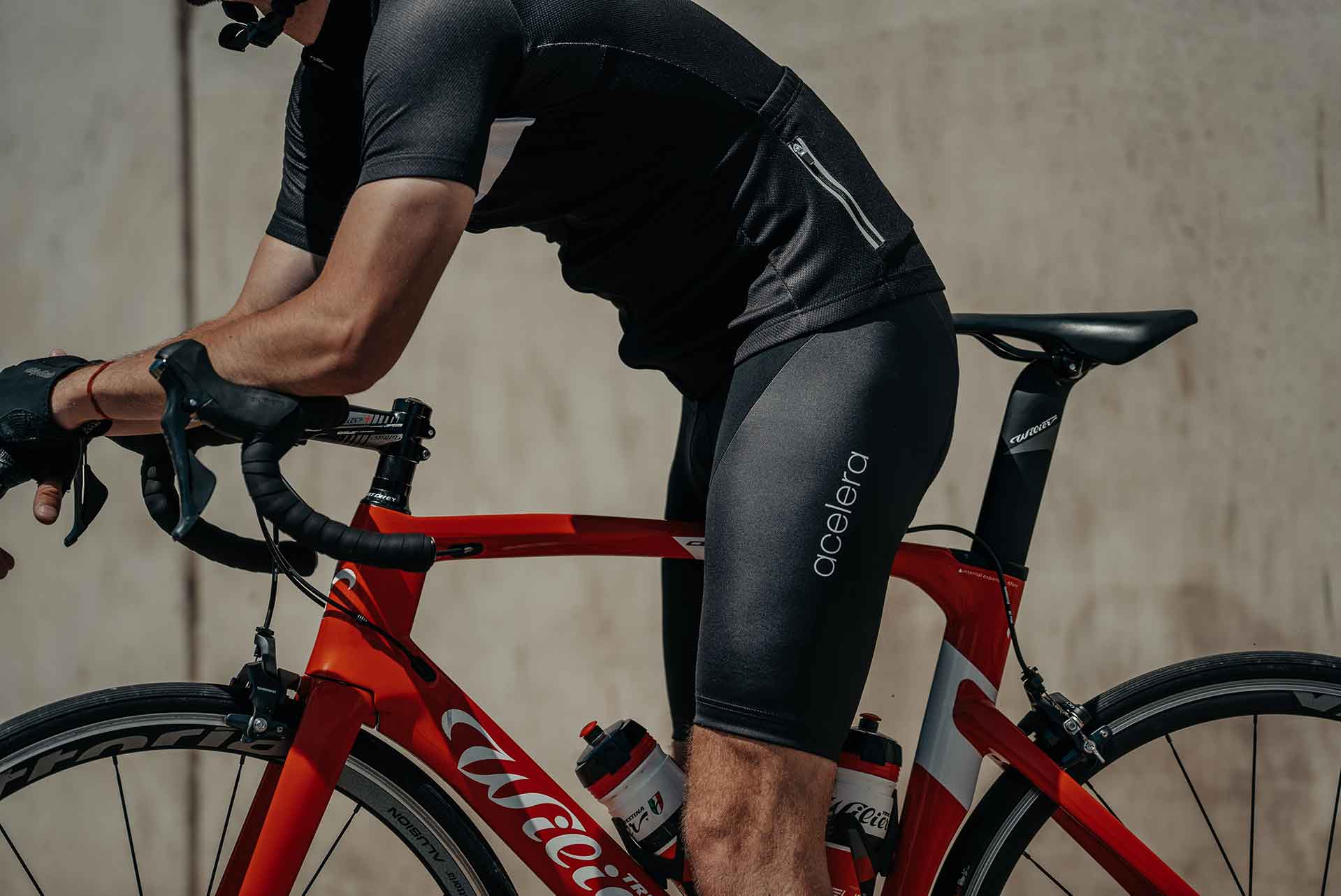
Five facts about your cycling shorts with chamois
The layer of chamois in your cycling shorts, which protects your buttocks and lower body against saddle pain, is more complex than you think. One cycling short - also called bib short, bibtight or cycling short - is not the same as the other. The filling of your chamois is as mysterious as closed cell foam. Here are five things you may not have known about your chamois. And will help you get the most out of your cycling shorts (and avoid a few embarrassing equipment mishaps).
One of the first pieces of advice for new cyclists is to purchase cycling shorts with a chamois. This is not only reserved for professional riders and avid amateurs. A good padding in your cycling shorts makes or breaks your ride. If you ride a racing bike with a normal saddle, it is almost impossible to bear without a good chamois in your pants. That's because your buttocks are the biggest point of contact with your bike. If you have a good chamois, you can comfortably cycle for hours pain and itch-free; if you don't have a chamois, you can get serious saddle pain after a bike ride. Do you need help choosing the right cycling shorts? Read our tips >
1. Synthetic filling of the chamois helps
An ancient chamois had more in common with a baseball glove than today's materials. Chamois pads were introduced nearly a century ago as a solution to chafing in cyclists. Older generation cyclists are familiar with chamois pads made of leather and not today's hi-tech synthetic materials. About a century ago, cyclists wore cycling shorts made of wool. Which swelled during cycling and caused friction. The inside of the cycling shorts are made with suede. This provided just enough glide to provide some relief to the bikes. But offered no protection against cobblestones or bumps in the road. To think that the asphalt was a lot less slippery then than today! Around 1980, the first synthetic chamois was developed in Italy. Today, almost every clothing manufacturer uses synthetic materials for cycling clothing. Over the years, a mixture of different foam and gel pieces has been tested. The foam layer consists of open and closed cells. Those reduce both chafing and road vibrations.
2. A squishy chamois isn't always better
Anyone who has ever held cycling shorts with a chamois often starts to squeeze the chamois. It is a mistake that the softest and most springy pads will work best. The most important thing about the chamois is the density of the cells. It is important to look at the thickness. It is between 8 and 13 mm. If a chamois is used often, the filling will compress. The more the filling is compressed, the more pressure is exerted on the area you want to keep pressure-free. A pad that is too thick will increase the pressure and the quality of the padding will quickly decrease when cycling.
3. The seams between the cycling shorts and the chamois are very important
A chamois is always sewn into cycling shorts. There will therefore always be a connection between the two parts in the form of a seam. The Acelera cycling shorts use flatlock stitching that lays flat in the shorts. As a result, there is no rough edge of the stitching that can chafe against the skin.
4. The lifespan of your cycling shorts depends on your use and the quality
Nothing lasts forever, not even your chamois. So what is the typical lifespan of a chamois? That really depends on the rider - how much time they spend in the saddle, the weight - and how carefully the cycling shorts are washed. Although a wash is never beneficial for the quality of your cycling clothing, it is certainly important to wash your cycling clothing regularly. Bacteria accumulate in cycling shorts through perspiration. Most shorts have anti-microbial properties and rapid moisture wicking. Wash your cycling shorts no higher than 30 °C and preferably on a synthetic cycle. The cotton program may be too intense for some garments. Never put your cycling shorts in the dryer afterwards! But hang it out and let it dry slowly. Acelera cycling shorts are ideal for rides of up to 6 hours and will last several years with normal use.
5. Cycling shorts make you more aerodynamic
The last fact is perhaps one of the most important. You wear cycling shorts for extra aerodynamics. Cycling shorts are form-fitting and give you a slight advantage by making you more aerodynamic. Tight shorts give serious cyclists an edge by reducing their wind resistance. This means that they need to use slightly less energy to cover the same distance. It is said that on a flat road, 70% to 90% of a cyclist's resistance comes from air resistance. Therefore, cyclists will do everything they can to minimize drag and streamline their body and bike. Wearing the right cycling shorts contributes to this. Would you like to read more about the aerodynamics of the cyclist? Then read our blog >


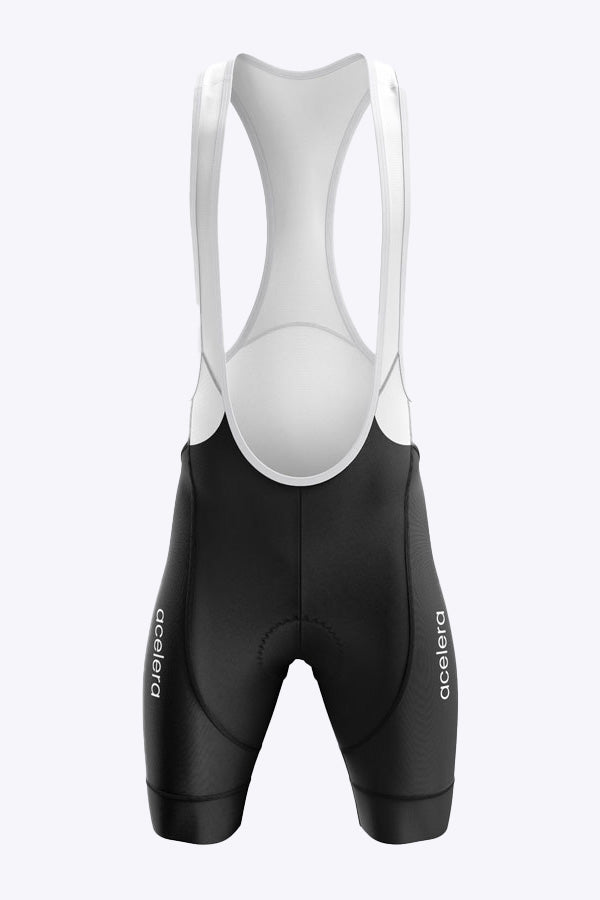

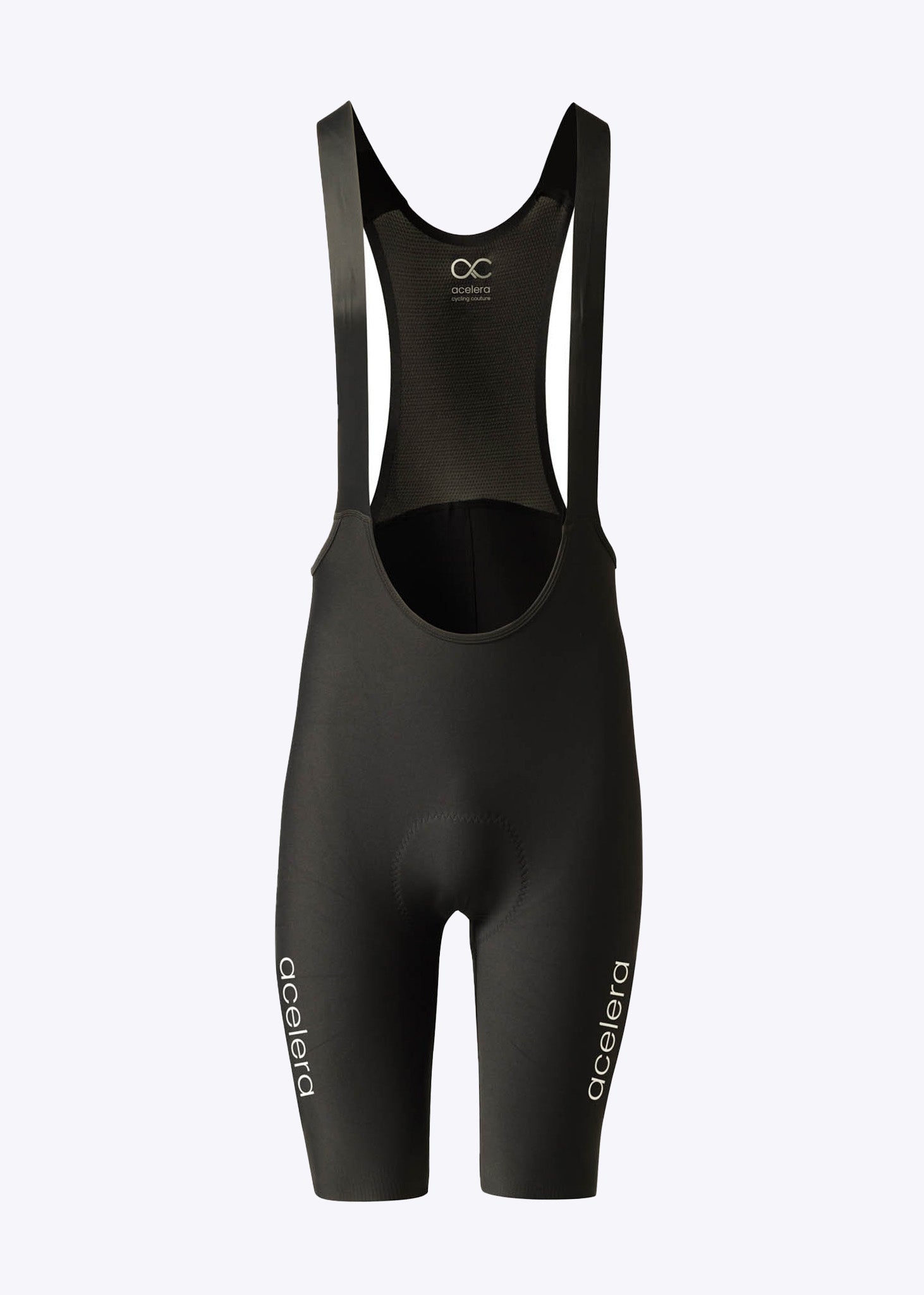
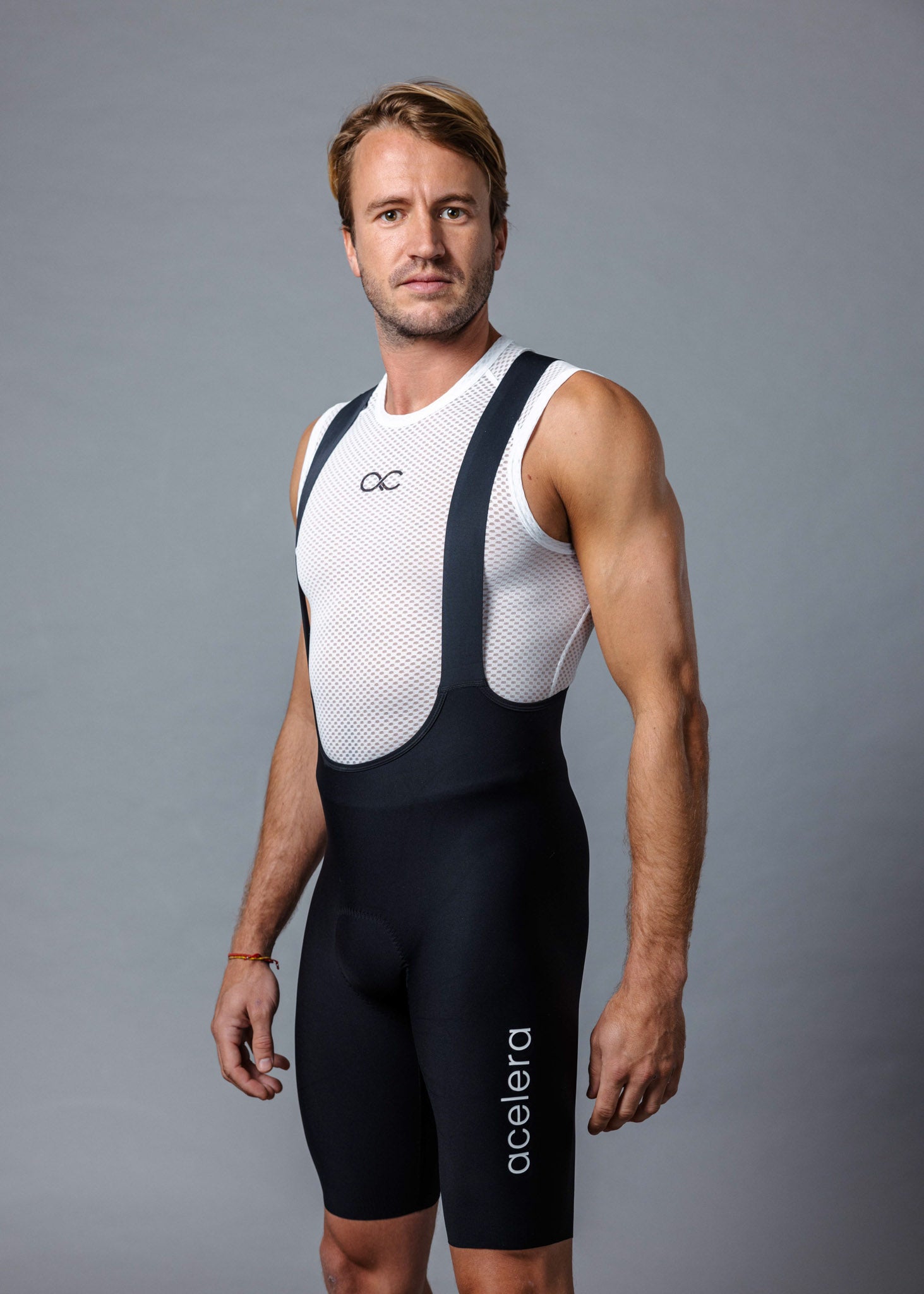
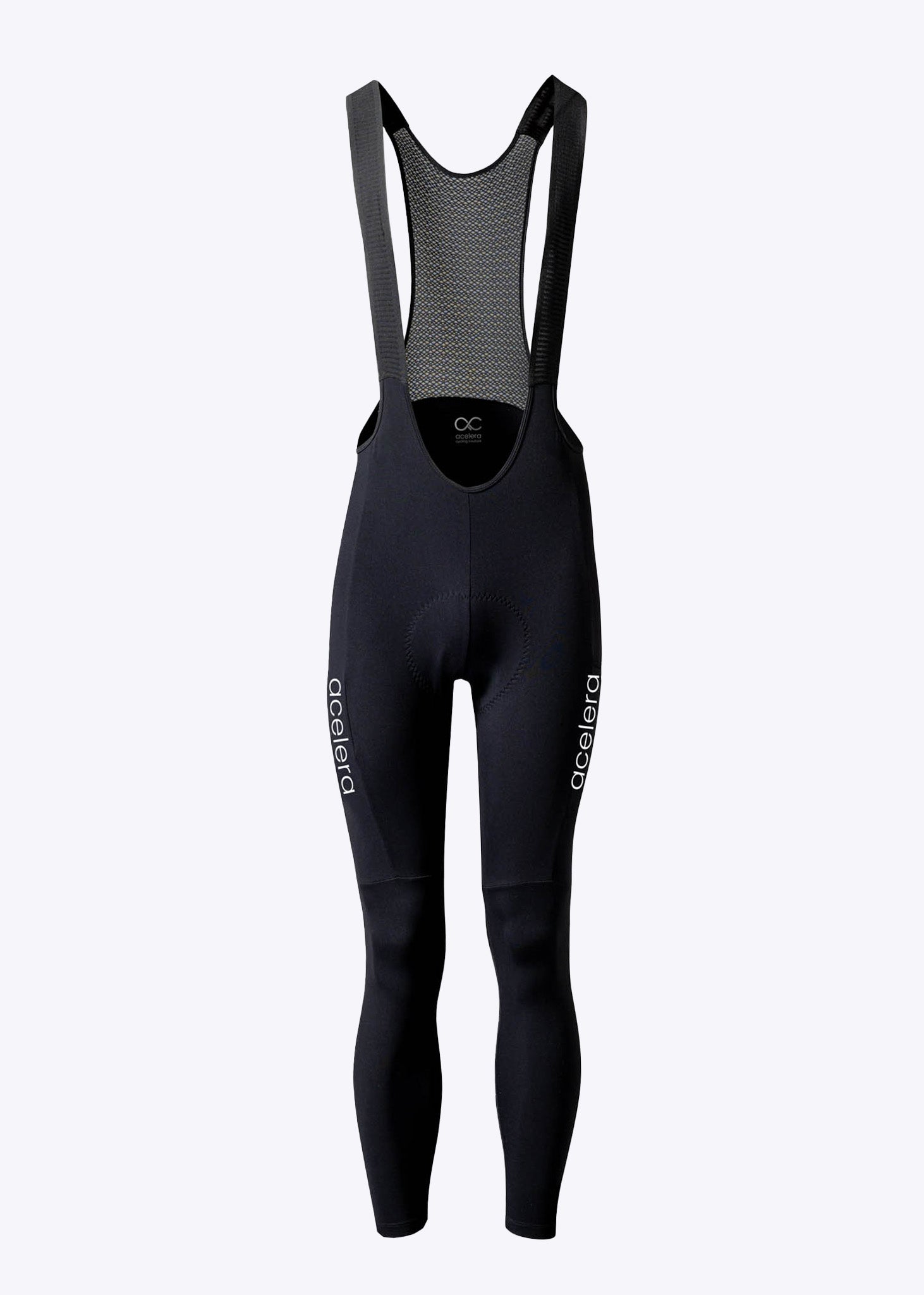
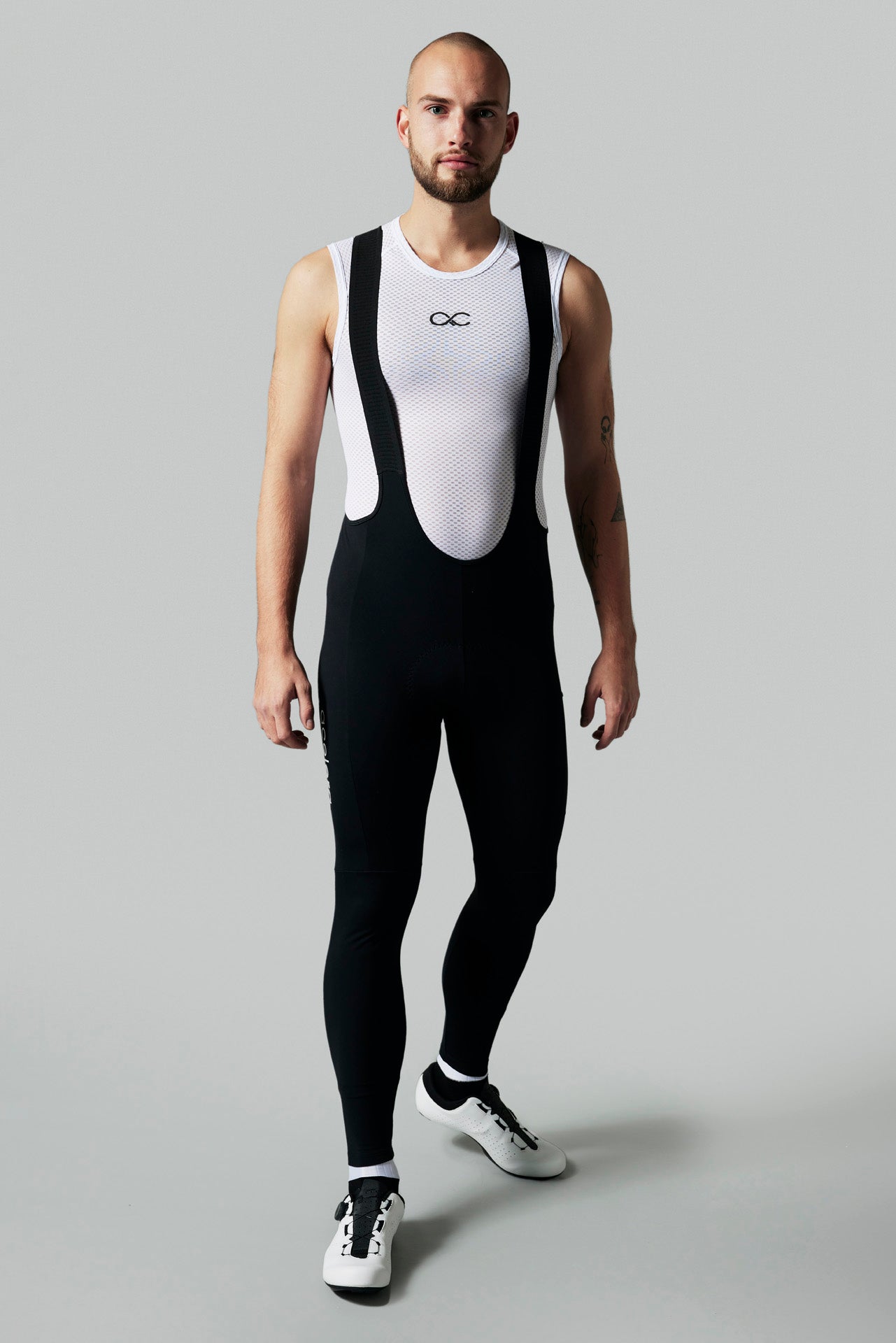
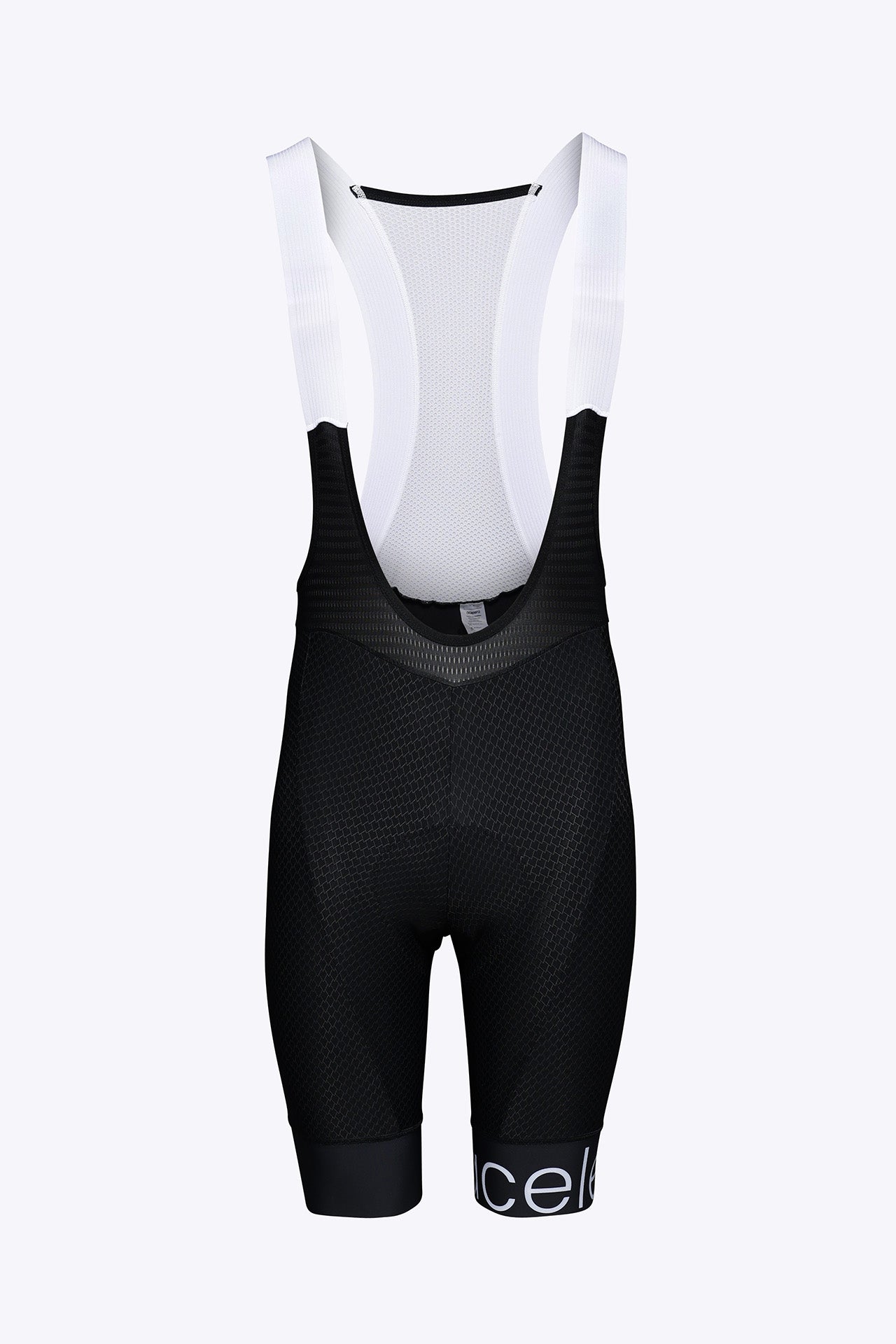
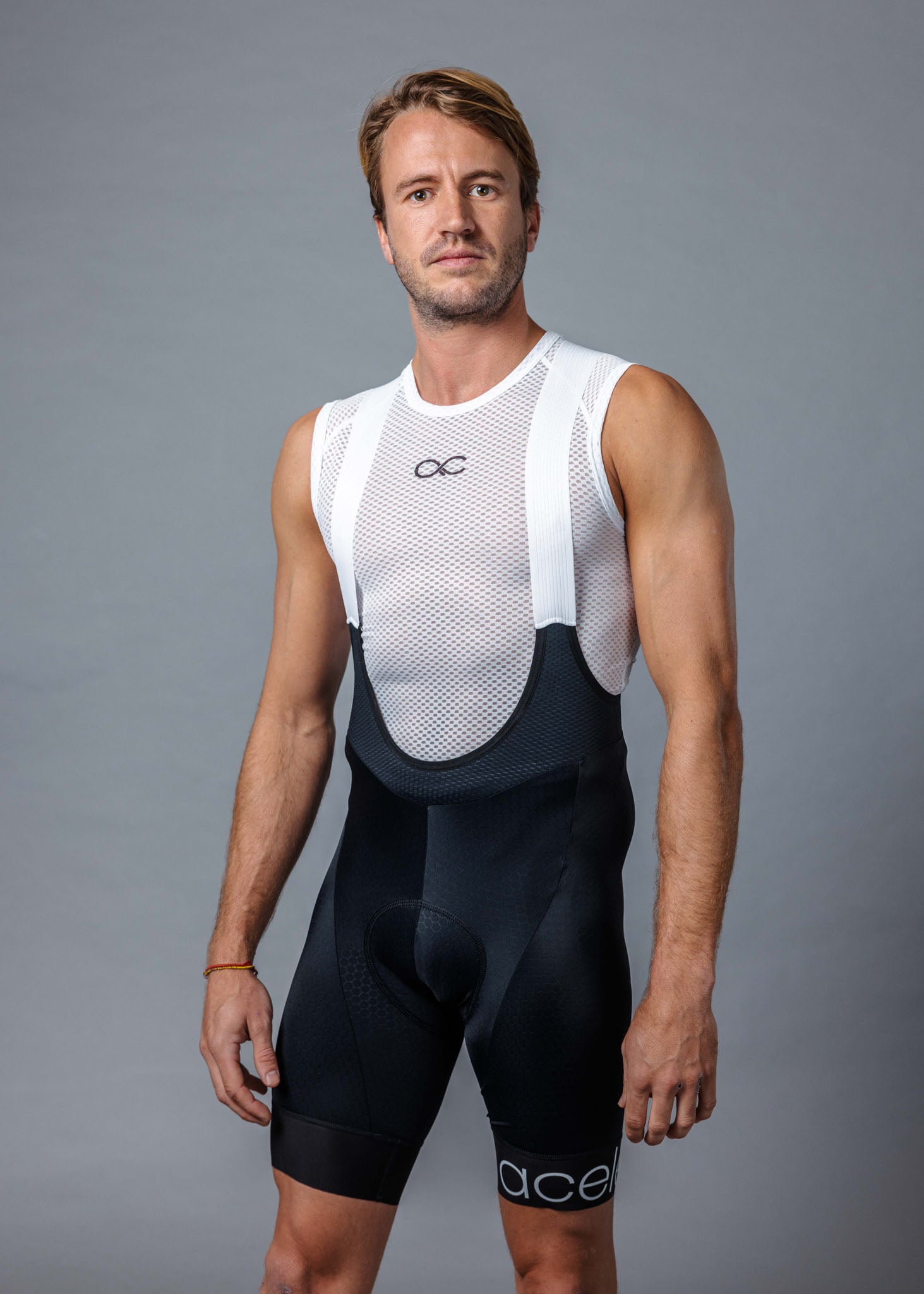
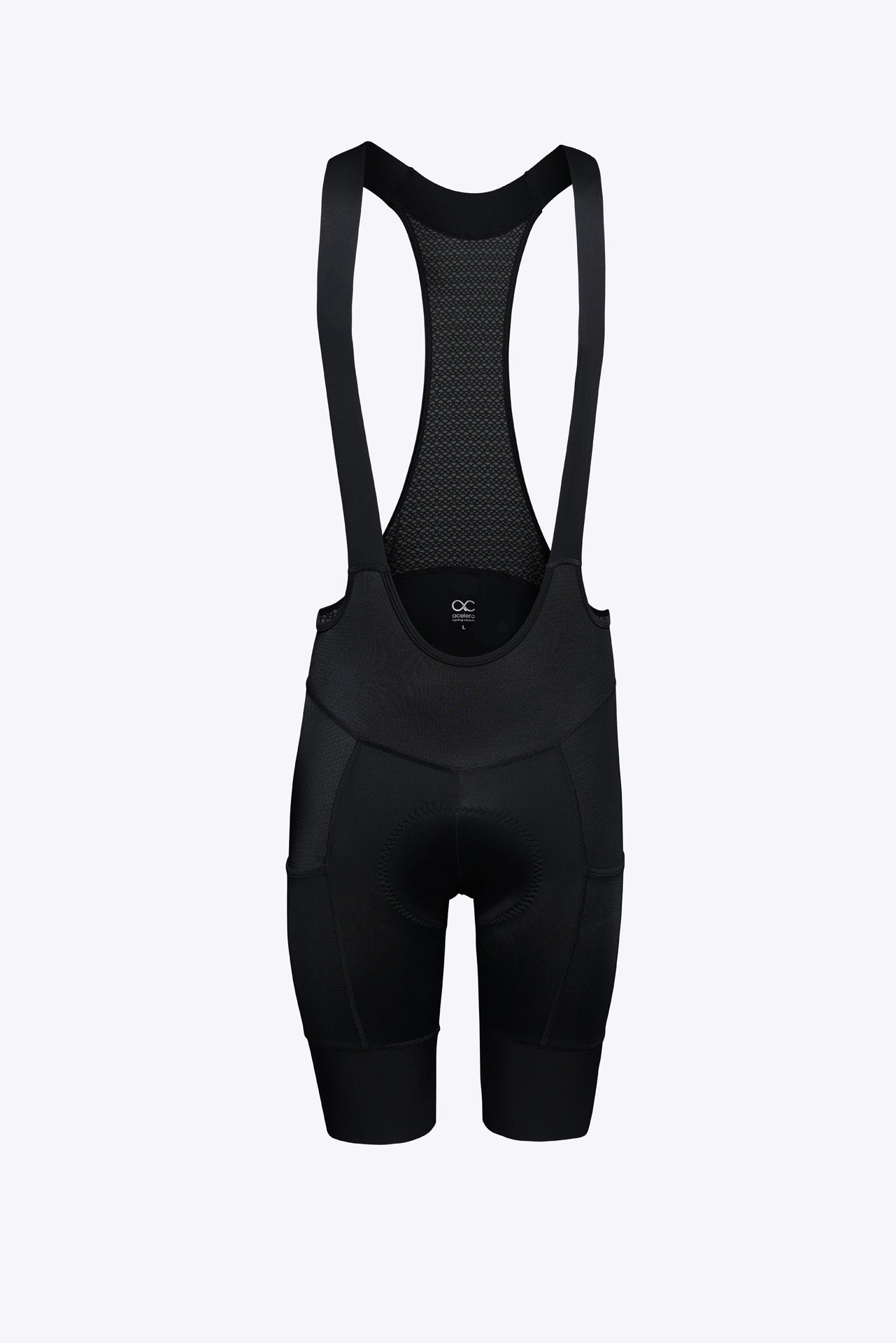
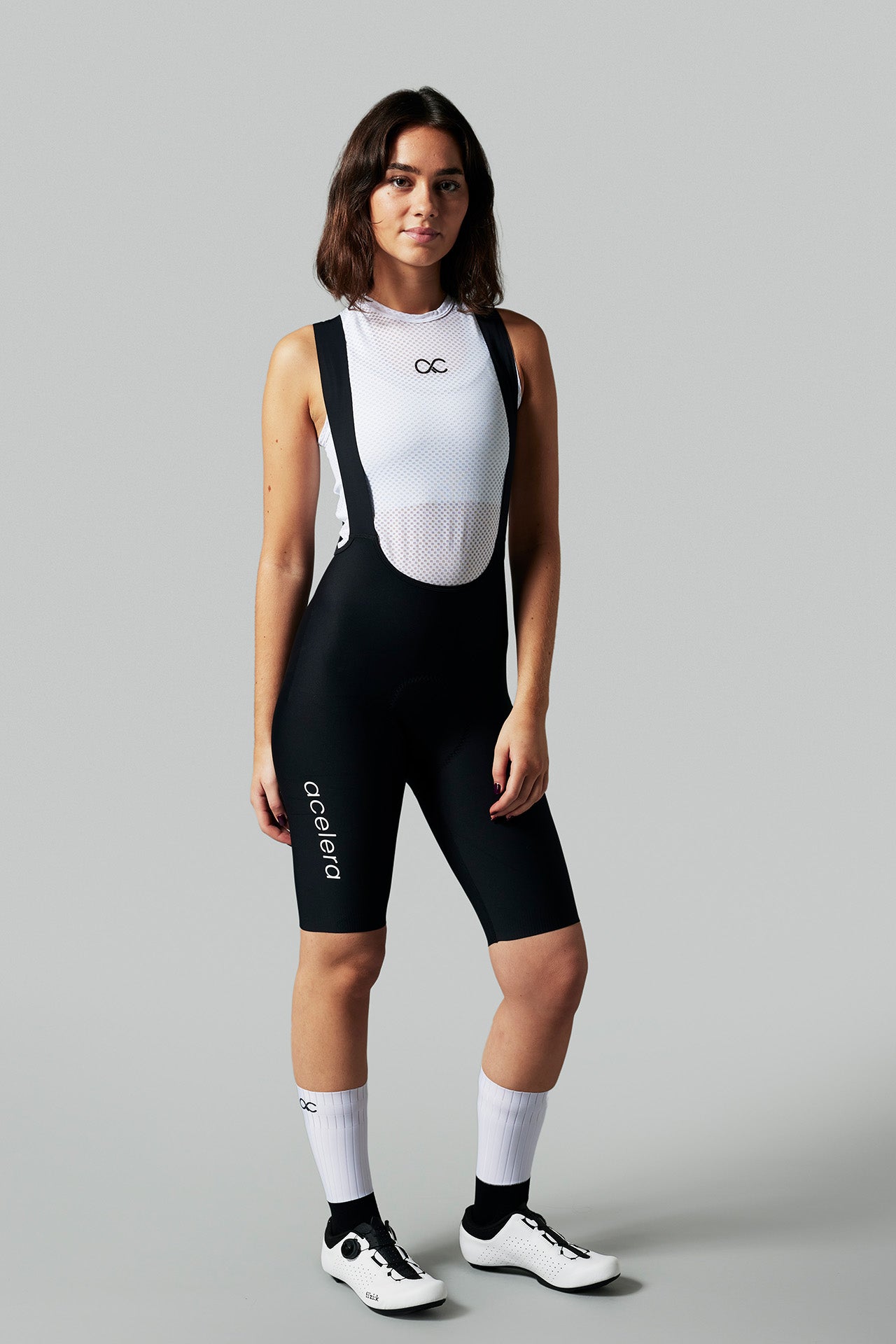
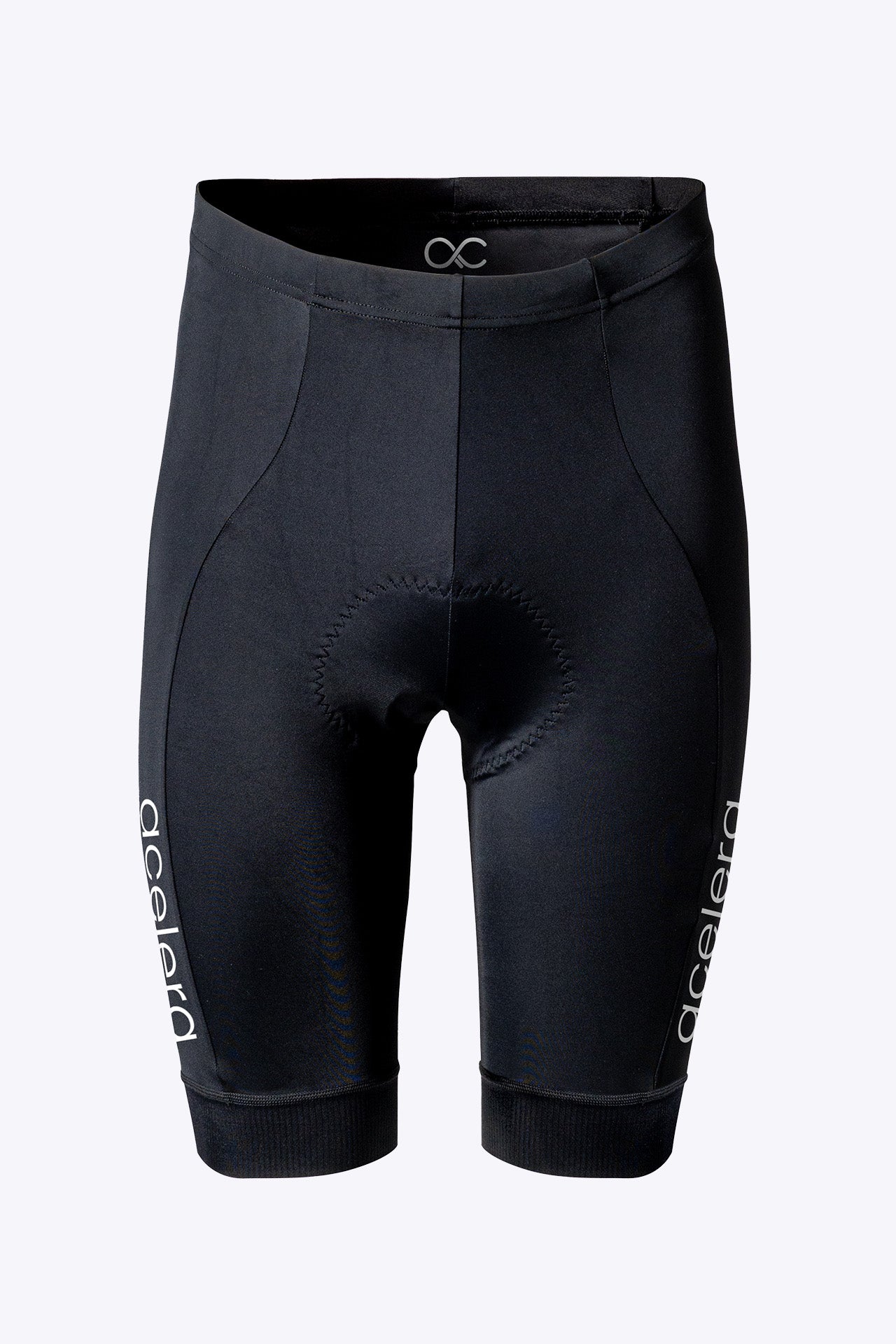

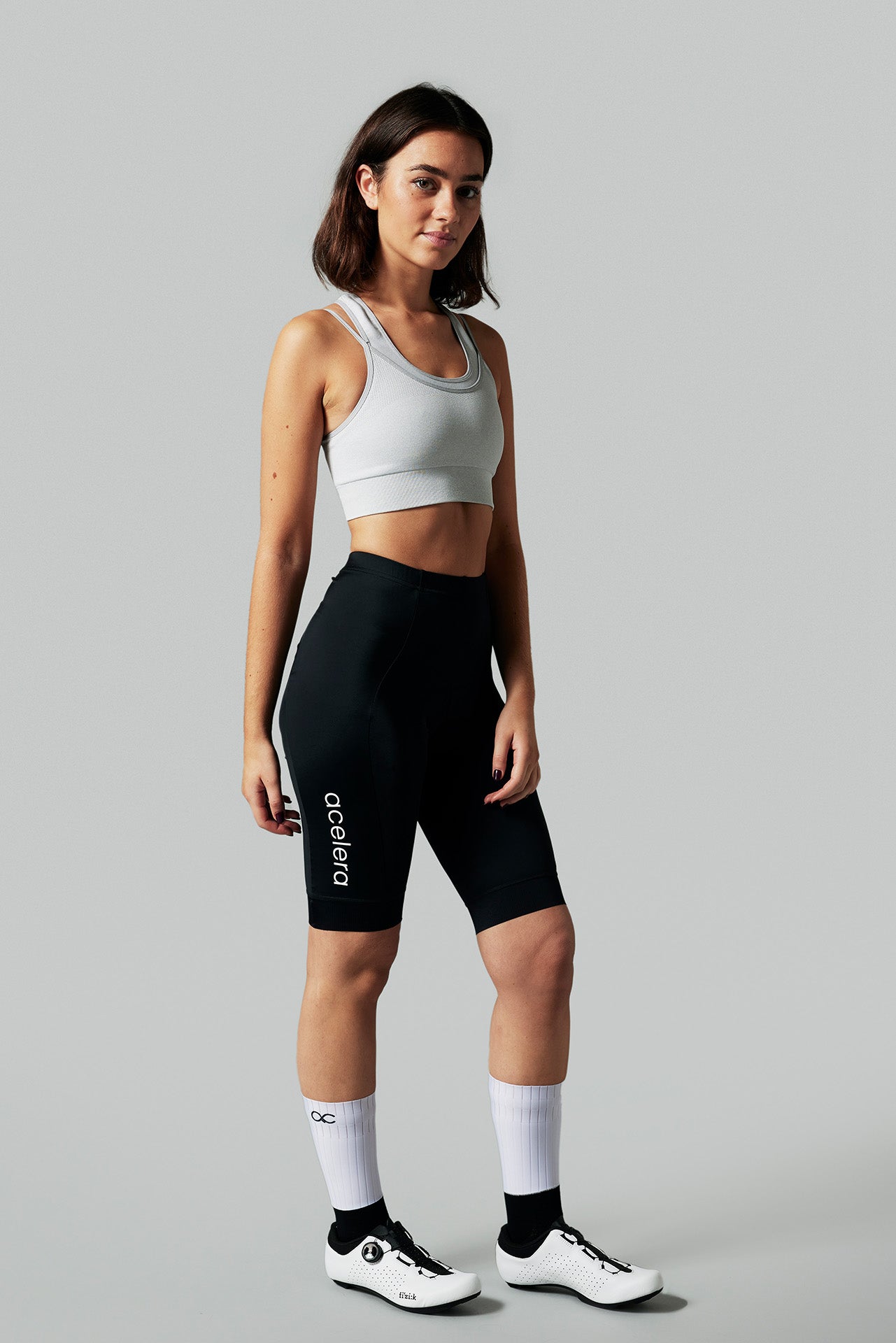
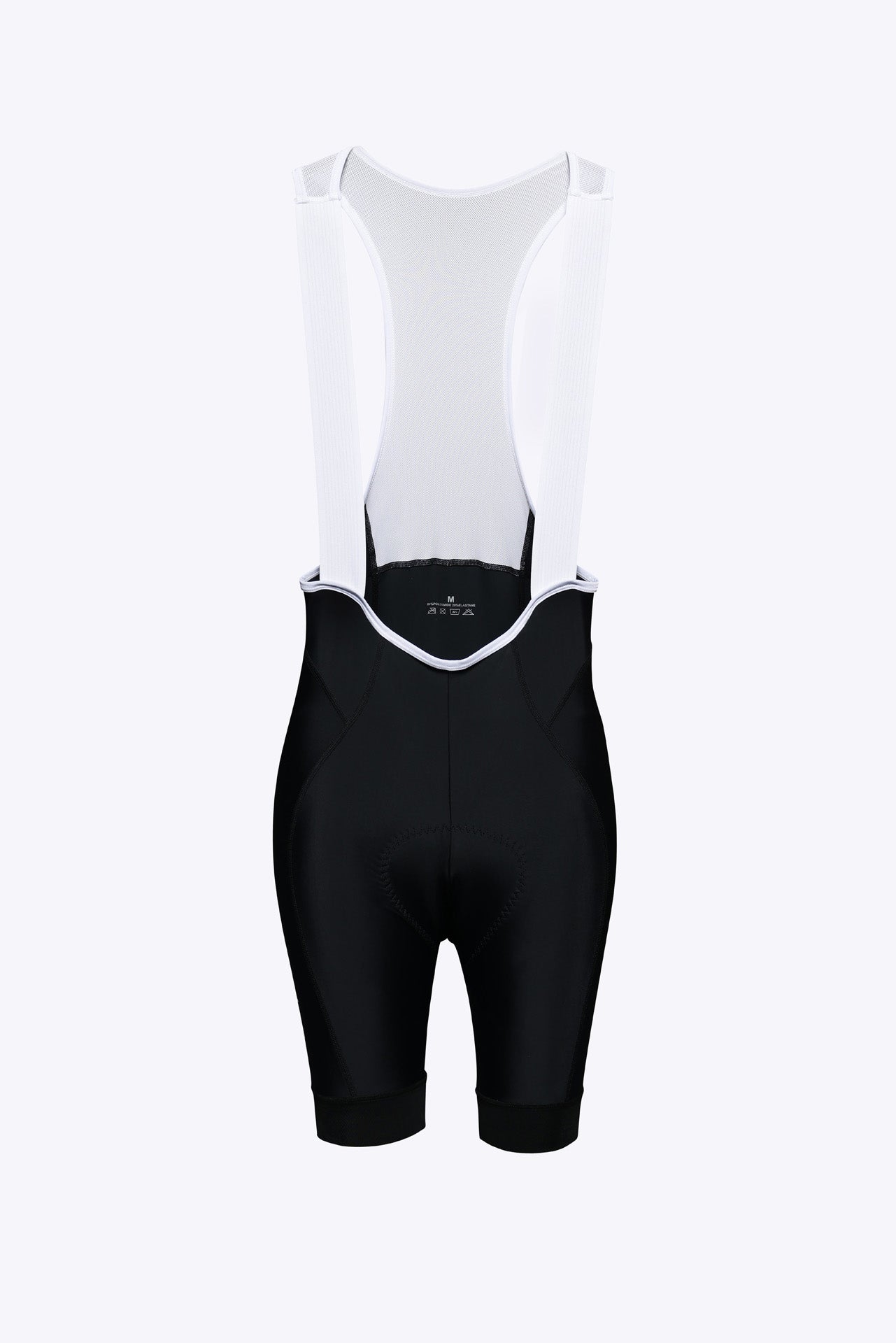
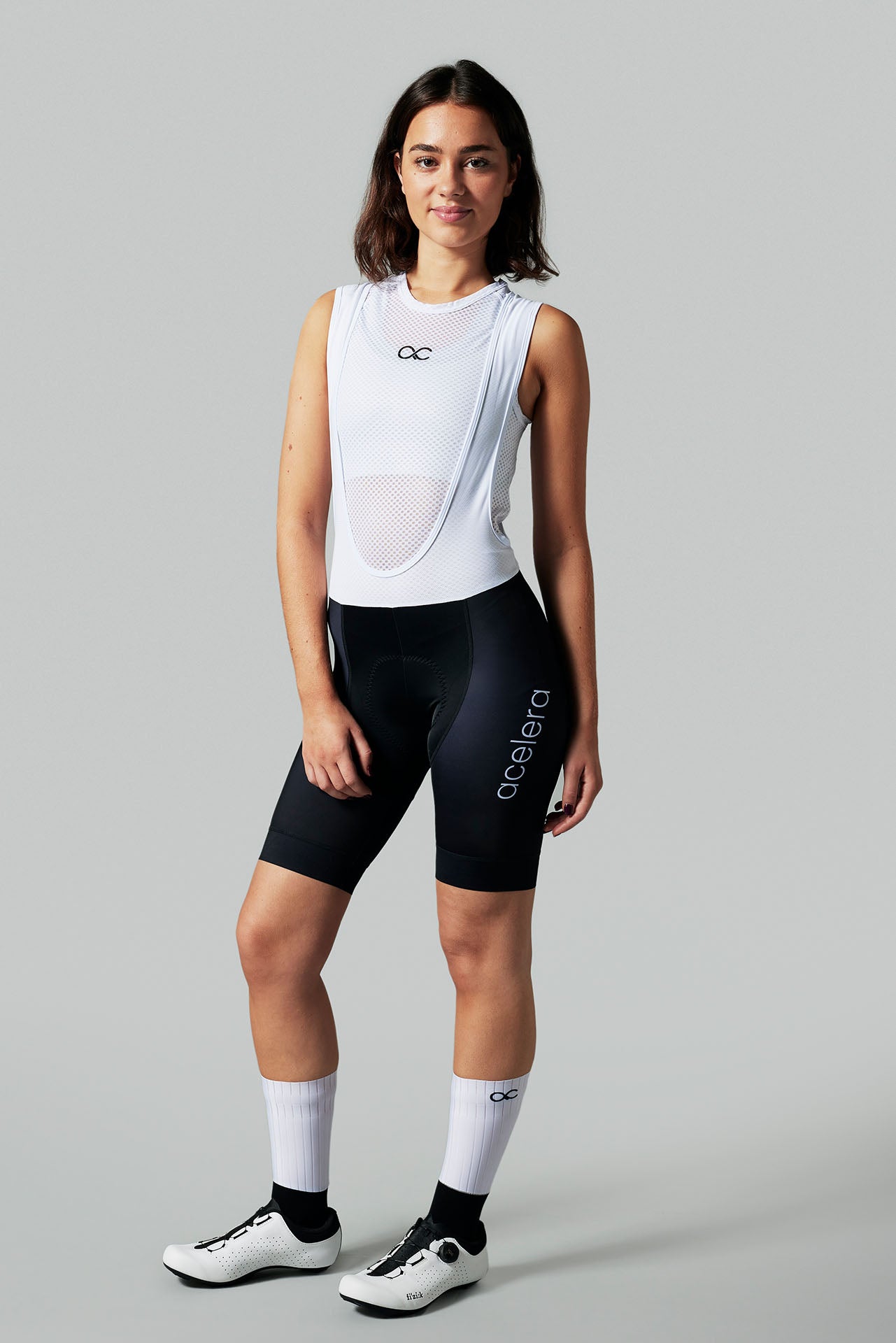

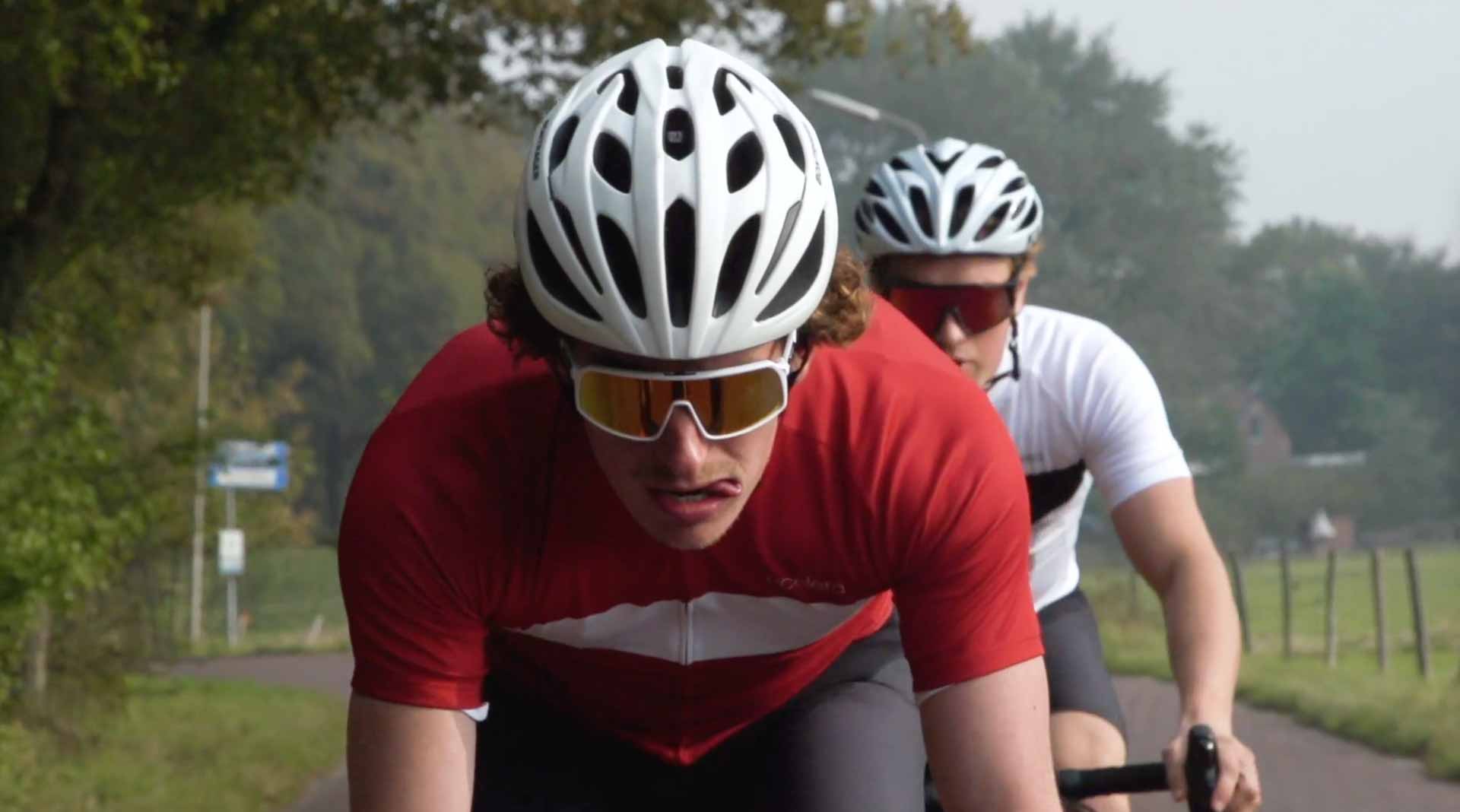
Leave a comment
This site is protected by hCaptcha and the hCaptcha Privacy Policy and Terms of Service apply.